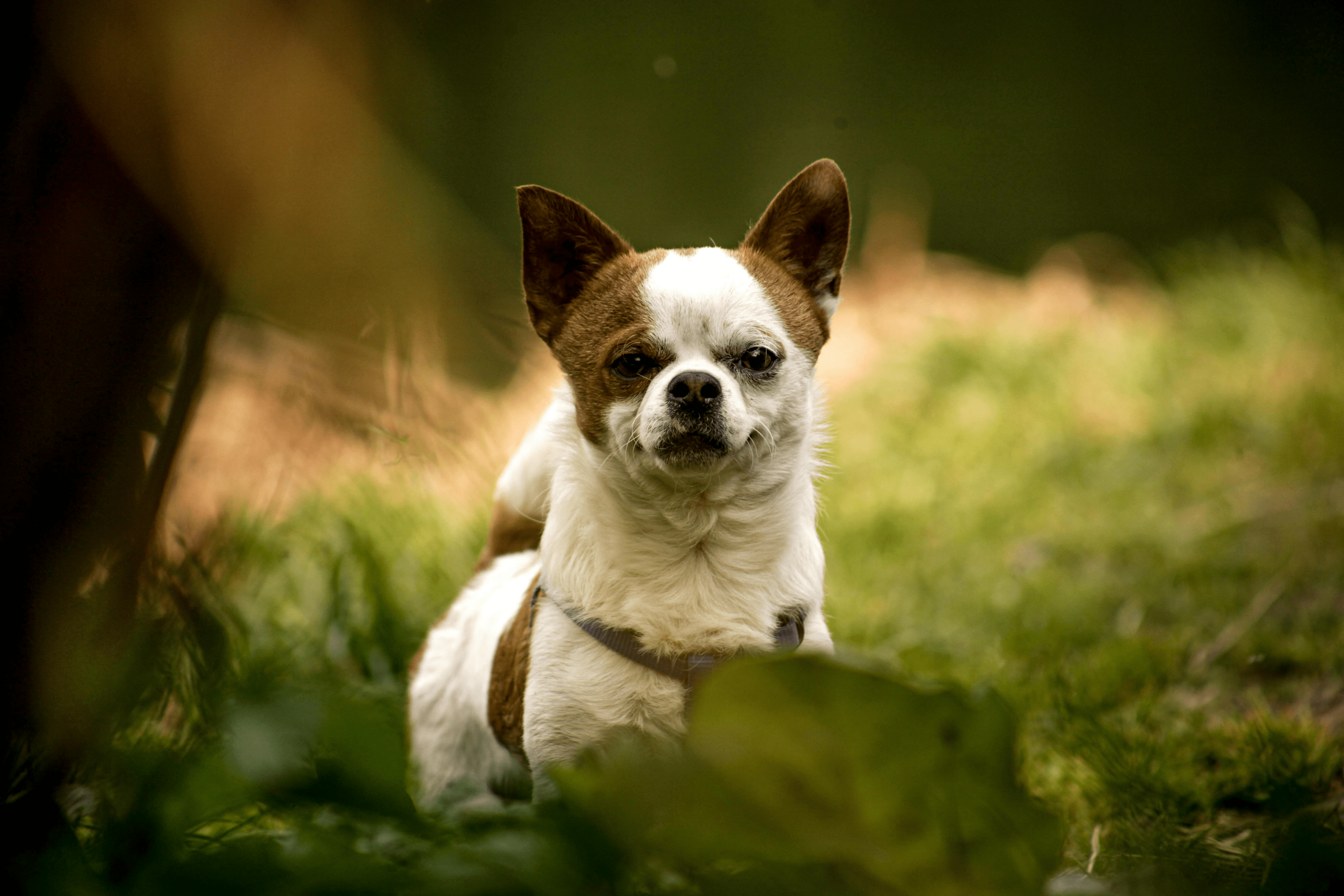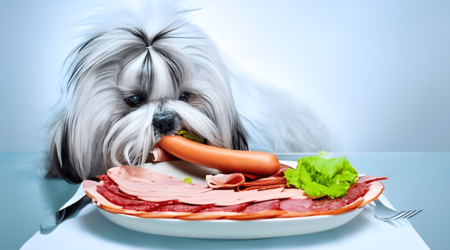Do French Bulldogs Have Hair Or Fur: Helps & Guide
French Bulldogs have become cherished companions in many households, known for their adorable personalities and distinctive appearances. However, a common source of confusion among potential owners is whether these charming dogs have hair or fur. In this blog post, we’ll unravel the mystery behind French Bulldog coats, exploring their unique characteristics, shedding patterns, and the genetic factors that contribute to their appearance.
By the end, you’ll have a clearer understanding of whether it’s more accurate to say these delightful dogs sport hair or fur and how best to care for their lovely coats. Let’s dive in!
Understanding the Terminology
let’s clarify the terminology surrounding pet fur and hair. When we talk about “hair” and “fur,” we’re essentially referring to the same thing – the coat covering an animal’s body. The distinction between the two is often subjective and can vary based on individual perspectives.
In general terms, “hair” is considered longer, finer, and grows continuously, while “fur” is shorter, denser, and tends to shed more. However, these distinctions aren’t rigid, and many experts use the terms interchangeably. Now that we’ve established the basics, let’s explore how these definitions apply to our beloved French Bulldogs.

Coat Characteristics of French Bulldogs
Short and Sweet:
Unlike their fluffy canine cousins, Frenchies boast a short, single-layered coat. This velvety fur stays close to the body, giving them a sleek and sophisticated look. Think of it as a luxurious bathrobe permanently adorning your furry friend.
A Rainbow of Bat Ears:
But don’t be fooled by the simplicity! French Bulldog coats come in a stunning array of colors and patterns. From classic fawn and brindle to sleek black and tuxedo-esque combinations, there’s a Frenchie fur to match every personality. You might even encounter charming pied Frenchies, sporting patches of different colors like living works of art.
Wrinkles and Rolls:
Their fur isn’t the only thing with interesting textures. Frenchies are famous for their adorable facial wrinkles. These folds, while adding to their undeniable charm, require special attention. Regular cleaning with gentle wipes prevents moisture buildup and potential infections.
Caring for the Velvet:
Maintaining a healthy Frenchie coat is relatively simple. Regular brushing with a soft bristle brush removes loose hair and keeps the fur shiny. Remember, gentle strokes are key, avoiding unnecessary irritation. Bath time needs to be occasional, using a mild dog shampoo suitable for their sensitive skin.
The Hairless Mystery:
While uncommon, some French Bulldogs might appear “hairless.” This isn’t actually the case; they still have fur, but it’s extremely short and almost invisible to the naked eye. These “fluffy Frenchies” require the same gentle care as their short-haired counterparts.
Beyond the Coat:
Remember, a healthy coat is just one aspect of your Frenchie’s well-being. A balanced diet, regular exercise, and preventive veterinary care are crucial for their overall health and happiness.
Genetic Factors
A. Understanding the Genetic Makeup
1. Overview: How a French Bulldog’s coat characteristics are determined by its genetic code.
2. Key Points: Explaining the specific genes that influence coat color, pattern, and texture.
B. Inheritance Patterns
1. Explanation: Describing how coat-related genes are passed down from parent to offspring.
2. Relevance: Discussing the probability of certain coat traits appearing in successive generations.
C. Genetic Diversity in French Bulldogs
1. Importance: Highlighting the impact of breeding practices on the variety of coat types within the breed.
2. Considerations: Discussing the need for genetic diversity to maintain the overall health of French Bulldogs.
D. Genetic Health Concerns
1. Identification: Touching on genetic conditions that can affect a French Bulldog’s coat health.
2. Advocacy: Emphasizing the importance of responsible breeding for the well-being of the breed.
E. Breeding and Coat Predictability
1. Insights: Offering a glimpse into how breeders manipulate genetics to achieve specific coat outcomes.
2. Role of Selective Breeding: Discussing how selective breeding practices contribute to maintaining coat standards in French Bulldogs.
Caring for French Bulldog Coats
A. General Grooming Tips
1. Daily Care Routine: Outlining a simple daily grooming routine for French Bulldog coats.
2. Tools and Techniques: Recommending grooming tools and techniques suitable for their specific coat type.
B. Addressing Misconceptions
1. Hypoallergenic Myths: Dispelling common misconceptions about French Bulldogs being hypoallergenic.
2. Educating Owners: Providing accurate information on potential allergens related to their coats.
C. Seasonal Considerations
1. Adapting Care for Seasons: Discussing adjustments in grooming practices based on seasonal changes.
2. Climate Impact: Explaining how climate influences coat health and care requirements.
D. Hygiene Practices
1. Ear and Wrinkle Care: Highlighting the importance of specific hygiene practices for their unique features.
2. Bathing Guidelines: Providing guidelines for appropriate bathing frequency and products.
E. Regular Vet Check-ups
1. Monitoring Coat Health: Emphasizing the role of regular veterinary check-ups in maintaining overall coat health.
2. Early Detection: Discussing how veterinary visits can aid in the early detection of potential coat-related issues.
F. Nutritional Influence
1. Role of Diet: Explaining how a balanced diet contributes to a healthy and lustrous coat.
2. Nutritional Requirements: Highlighting specific nutrients essential for coat maintenance.
G. Emphasizing Gentle Care
1. Sensitive Skin Concerns: Acknowledging the sensitivity of French Bulldog skin and advocating for gentle grooming.
2. Positive Reinforcement: Encouraging positive reinforcement during grooming sessions for a stress-free experience.
Shedding Patterns
Seasonal Surprises:
Just like many other dogs, Frenchies experience increased shedding during seasonal changes. As the weather warms in spring, they shed their thicker winter coat to adjust to lighter temperatures. Similarly, they shed again come fall to grow a denser coat for the colder months. So, expect some extra fur tumbleweeds during these periods.
Year-Round Fur Flow:
Even though seasonal shedding is more noticeable, Frenchies actually shed throughout the year. Their short, single-layered coat constantly sheds loose hairs, though it might be less obvious compared to dogs with thick undercoats. Regular brushing helps manage this continuous shedding and keeps your home hair-free.
Factors Affecting Shedding:
- Age: Puppies tend to shed more as their adult coat grows in. Senior Frenchies might also experience increased shedding due to hormonal changes.
- Diet: A high-quality diet rich in omega-3 fatty acids can promote a healthy coat and reduce shedding. Consult your vet about the best food for your Frenchie.
- Stress: Anxiety or stress can lead to excessive shedding. Providing your Frenchie with a calm and loving environment can help minimize this.
- Health conditions: Certain health issues, like skin allergies or hormonal imbalances, can cause abnormal shedding.
Managing the Fur Frenzy:
- Regular brushing: Brushing your Frenchie at least once a week, preferably more during shedding seasons, helps remove loose hair and prevent matting.
- Bathing: While Frenchies don’t need frequent baths, occasional dips with a gentle dog shampoo can help eliminate loose fur and promote a healthy coat.
Embrace the Fur:
Remember, shedding is a natural part of being a dog. Don’t let it stress you out! Embrace the Frenchie fluff, enjoy those velvety snuggles, and take pride in keeping your furry friend healthy and happy.
Also Read: How To Train A French Bulldog To Sit? Helps & Guide
In Short
Understanding the nuances of French Bulldog coats involves recognizing the interplay of genetic factors, grooming practices, and environmental influences. Whether one refers to it as hair or fur, maintaining the health and luster of these unique coats requires a tailored approach. Regular grooming, a balanced diet, and attention to environmental conditions are pivotal.
Shedding light on shedding patterns dispels myths, and routine veterinary check-ups ensure early detection of potential issues. By embracing these factors, French Bulldog owners can cultivate a positive and nurturing environment, enhancing not only the aesthetic appeal but also the overall well-being of their beloved furry companions.












Leave a Reply